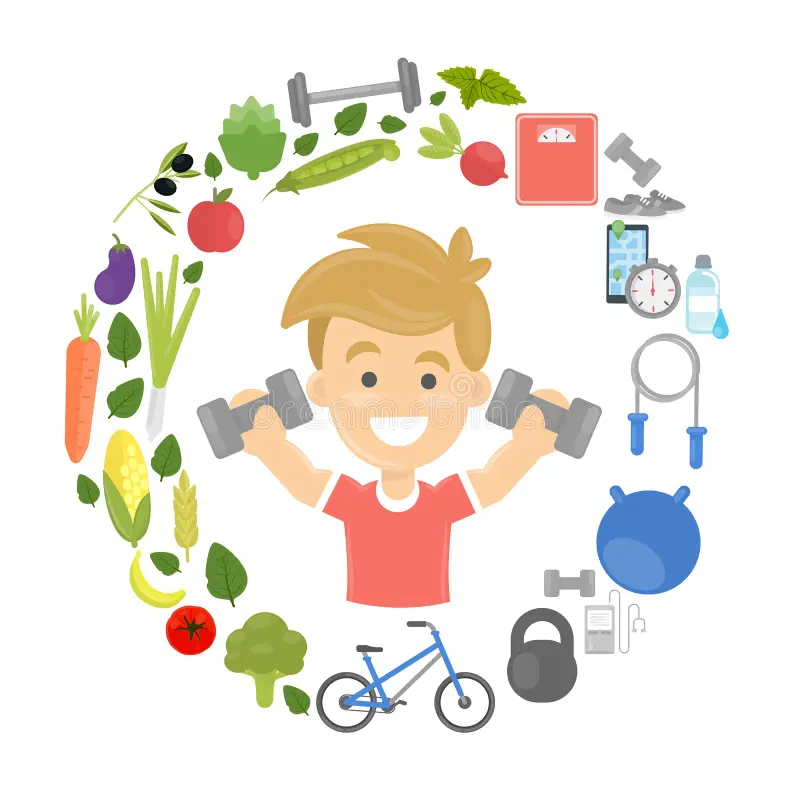Cultivating Sustainable Creativity: A Holistic Approach to Work-Life Integration for Artists
The pursuit of work-life balance, a state of equilibrium between professional and personal life, presents a unique challenge for creative professionals. The immersive and often emotionally demanding nature of creative work frequently leads to blurred boundaries and potential burnout. This article explores a holistic approach to work-life integration, applying relevant organizational behavior and time management theories to equip artists with practical strategies for a more sustainable and fulfilling career. Key concepts, such as boundary setting, self-efficacy, and stress management, will be discussed within the framework of established models.
Establishing Healthy Boundaries: Prioritizing Well-being Through Self-Regulation
Creating clear boundaries between work and personal life is crucial for preventing creative burnout. This involves applying principles of self-regulation, a cornerstone of social cognitive theory, to consciously manage one's time and energy. Setting specific work hours and adhering to them, even when inspiration strikes, is essential. This boundary setting fosters a sense of control and prevents the encroachment of work into personal time. Moreover, incorporating self-care activities – exercise, mindfulness practices, or social interaction – is not a luxury, but a necessity for maintaining well-being and enhancing creative output. This aligns with the conservation of resources theory, emphasizing the importance of replenishing personal resources to combat stress and burnout. A well-rested and balanced artist is, ultimately, a more productive and resilient one.
Optimizing the Creative Environment: Goal Setting and Task Management
Creating a dedicated workspace, a personal "creative sanctuary," is vital for enhancing focus and productivity. This concept draws from environmental psychology, which highlights the impact of physical surroundings on cognitive function and well-being. Whether it's a home studio or a co-working space, this dedicated environment facilitates a smoother transition into a productive work mindset. Furthermore, effective goal setting, based on principles of goal-setting theory, is paramount. Breaking down large projects into smaller, manageable tasks with clear deadlines prevents feelings of overwhelm and fosters a sense of accomplishment. This approach aligns with the concept of self-efficacy, increasing confidence and motivation, leading to a more consistent and sustainable workflow.
Strategic Prioritization and Delegation: Maximizing Efficiency and Minimizing Strain
The ability to prioritize and delegate is crucial for creative professionals. This involves applying principles of time management and resource allocation. While new opportunities are tempting, it’s essential to discern between those that align with long-term goals and personal well-being and those that would lead to overextension. Flexibility, a key element in work-life integration, should be leveraged to structure work around personal commitments. Delegation of tasks outside of core competencies frees up valuable time and energy, a concept grounded in organizational efficiency principles. This strategic approach minimizes stress and enhances the overall effectiveness of creative endeavors.
Digital Detoxification and Community Engagement: Fostering Resilience and Connection
In today's hyper-connected world, intentional disconnection is vital for maintaining mental clarity and reducing stress. Regular digital detox periods, aligning with the principles of mindfulness and stress reduction techniques, allow for recharging and focusing on non-work aspects of life. Equally important is active engagement with the creative community. Social support theory highlights the positive impact of social connection on well-being. Participation in workshops, online forums, or local artist groups fosters a sense of belonging, combats feelings of isolation, and provides valuable peer support, enhancing resilience and preventing burnout.
Diversification and Rest: Cultivating Renewal and Inspiration
Cultivating diverse interests outside of the primary creative pursuit provides a crucial respite, fostering inspiration and offering fresh perspectives. This strategy aligns with the concept of recovery from stress, as engaging in unrelated activities allows for mental and emotional detachment from work-related demands. Scheduled downtime, including vacations and regular breaks, is not a luxury but a fundamental necessity for creative replenishment. This approach supports the concept of resource replenishment, ensuring sustained creative energy and preventing depletion.
Streamlining Workflows: Implementing Routine and Time Management Techniques
Establishing a structured routine, even a flexible one, provides a framework for balancing work and personal life. Experimenting with time management techniques like the Pomodoro Technique or time blocking, based on time management principles, optimizes focus and minimizes burnout. This disciplined approach contributes to a sustainable workflow, harmoniously integrating professional and personal responsibilities. Further, strategically outsourcing non-core tasks allows for efficient resource allocation and focuses energy on high-impact activities.
Continuous Self-Assessment and Adaptation: Navigating the Dynamic Creative Landscape
Regular reflection on work-life balance and reassessment of priorities are crucial for long-term sustainability. The dynamic nature of life requires adaptable strategies; what works now may not be effective later. Continuous self-assessment, rooted in self-reflective practices, enables artists to adjust their routines and strategies as needed, ensuring ongoing well-being and preventing burnout.
Embracing the Creative Journey: Cultivating Fulfillment and Purpose
The creative process itself should be embraced as a source of fulfillment. The ability to find joy in the process, even amidst challenges, is essential for long-term sustainability. Achieving work-life integration is not about rigid adherence to rules but about holistic well-being and finding satisfaction across all life aspects. This involves recognizing the value of the creative journey and finding purpose in the work itself.
Conclusions and Recommendations: This article highlights the importance of a holistic approach to work-life integration for creative professionals. By applying principles from various theoretical frameworks – including social cognitive theory, conservation of resources theory, goal-setting theory, and social support theory – artists can create a more sustainable and fulfilling career. Recommendations include establishing clear boundaries, optimizing the creative environment, prioritizing tasks strategically, engaging in regular self-care, and cultivating diverse interests. Further research could explore the specific effectiveness of different time management techniques and stress reduction strategies within the context of creative professions. The long-term impact of implementing these strategies on creative output, well-being, and career satisfaction warrants further investigation. The applicability of these findings extends beyond the artistic realm, offering valuable insights for any profession characterized by high demands and emotional investment.
Reader Pool: Considering the complexities outlined in this article, what additional strategies or theoretical frameworks could contribute to a more comprehensive understanding of work-life integration for creative professionals?





No comments yet. Be the first to share your thoughts!